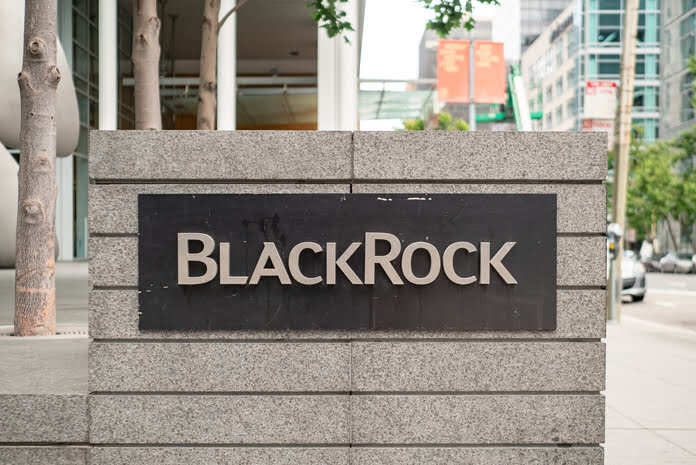Frax Finance Advances in Reinstating Protocol Fee Switch

Frax Finance has taken a step forward in reinstating its protocol fee switch by presenting a new proposal on Thursday.
The proposal outlines the reintroduction of the protocol fee switch, with 50% of the yield directed towards veFXS and the remaining 50% utilized to purchase other Frax assets for pairing in the FXS Liquidity Engine (FLE), according to the proposal put forth by Frax Finance on Thursday. The implementation of FLE aims to bolster Frax’s balance sheet while significantly enhancing liquidity for FXS and paired Frax assets.
Furthermore, the proposal elaborates on a new tokenomics system designed to fully collateralize the decentralized stablecoin FRAX, along with suggesting enhancements to yield structures. Concerning the non-liquid staking reward veFXS, the proposal states, “veFXS stakers will receive total protocol fees upon the passage of this proposal, added to the veFXS yield distributor on the Ethereum mainnet and subsequently to the veFXS yield distributor contract on Fraxtal.”
Frax Finance had initially proposed activating the protocol fee switch on February 26, reversing an earlier decision to suspend rewards, as reported by The Block previously. Sam Kazemian, the protocol’s founder, remarked at the time that Frax felt “it is the right time to turn on the huge switch. It will be a ton of revenue.”
Frax Finance is responsible for developing and overseeing the FRAX USD-pegged decentralized stablecoin, the protocol’s native token FXS, and the veFXS token distributed to users upon staking FXS. As of 5:32 p.m. on March 21, FXS was trading at $7.48, showing a 1.13% increase over the past 24 hours, according to The Block’s FXS price page.
Featured Image: Freepik



